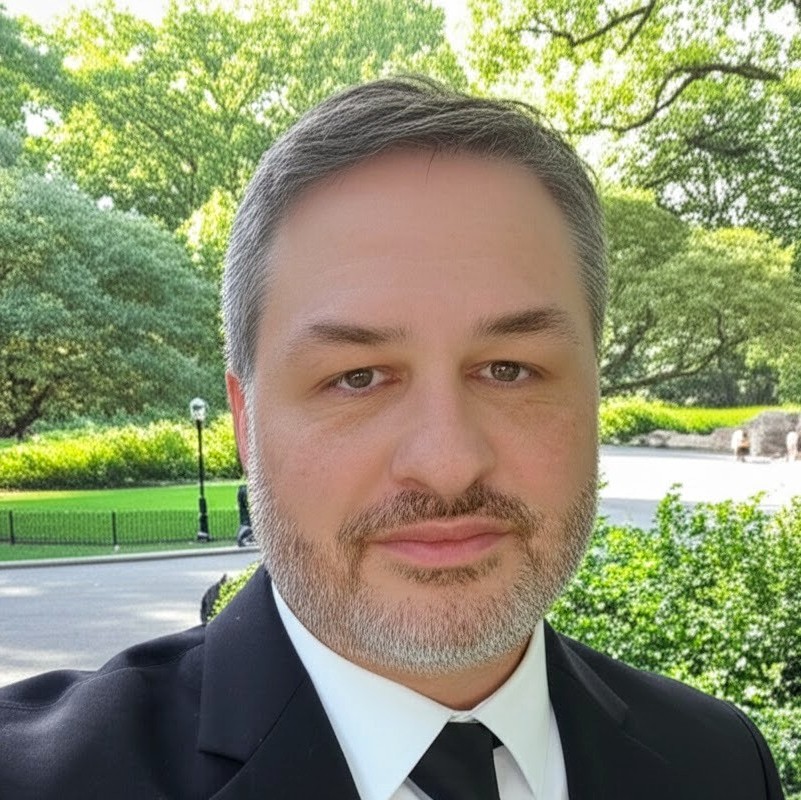Adapting to Change: Funding Strategies for the New Nonprofit Era
In today’s shifting philanthropic landscape, it’s clear that traditional funding sources—federal, state, and local—are no longer guaranteed. Many nonprofits are navigating the reality that previously reliable support is shrinking or disappearing altogether.
While a new bill sitting on the President’s desk offers some temporary relief—avoiding new taxes on endowments and preserving key 501(c)(3) incentives—and while tax considerations for ultra-high-net-worth donors continue to evolve, we can’t afford to wait for legislation to fix what’s changing at the ground level.
Now is the time for nonprofits to stop focusing solely on the problem and start generating solutions.
And it starts with this question:
How well do you know your current relationships—and what data are you using to uncover new ones?
Rethinking Revenue Streams
In a time of financial uncertainty, many organizations default to cutting costs or launching urgent appeals. But sustainable change begins by diversifying funding and leveraging what you already have—relationships, data, and mission alignment.
Segmenting your data can help fundraisers focus on the right prospects at the right time.
- Donor-Advised Funds (DAFs): Are you identifying and cultivating donors with DAF capacity?
- Corporate Giving: Have you mapped your corporate partnerships?
- Individual Foundations: Are there private foundations whose interests align?
- Engaging the Next Generation: How are you connecting with emerging philanthropists like Gen Z, who are driven by impact, authenticity, and digital engagement?
These opportunities aren't new—but the way we find, evaluate, and prioritize them can be.
Where AI Can Help
AI can assist development professionals by:
- Surfacing undiscovered donor pools through pattern and affinity analysis
- Mapping relationships between your board and corporate leaders
- Segmenting data to focus on the right prospects at the right time
- Identifying trends and preferences of diverse donor groups, including younger generations.
Cultivating a New Generation of Givers: Engaging Gen Z
Gen Z is rapidly becoming a significant force in philanthropy, often prioritizing causes that align with their values and seeking tangible impact. While their individual gifts may start smaller, their collective power, digital fluency, and desire for active involvement present immense opportunities. To effectively engage Gen Z, consider:
- Digital-First Engagement: Meet them where they are – on social media platforms like TikTok, Instagram, and YouTube. Share authentic stories, impactful short-form videos, and behind-the-scenes glimpses of your work.
- Seamless Giving Experiences: Ensure your donation process is mobile-friendly, quick, and easy. Offer diverse payment options, including mobile wallets (Apple Pay, Google Pay, Venmo).
- Recurring Donations and Micro-Giving: Gen Z is familiar with subscription models. Promote monthly donation auto-withdrawals, which provide reliable, sustained support and a sense of ongoing connection.
- Matching Gifts: Many Gen Z individuals are new to the workforce. Educate them about employer matching gift programs, which can significantly amplify their contributions at no extra cost to them. Make it easy for them to find out if their company matches and how to submit requests.
- Beyond Financial Contributions: Gen Z often seeks hands-on involvement. Offer volunteer opportunities, advocacy roles, and peer-to-peer fundraising campaigns that allow them to leverage their networks for your cause.
- Transparency and Impact: Clearly demonstrate how their contributions make a difference. Share measurable outcomes and personal stories that resonate emotionally. Gen Z values transparency and wants to see the tangible results of their giving.
So, Where Do You Start?
Ask yourself:
- Are your current donors giving below capacity?
- Are you underleveraging your board’s connections?
- Are you spending time with prospects that will never convert?
- Are your engagement strategies optimized to attract and retain younger, digitally-native donors?
AI won’t replace relationships, but it can reveal blind spots and sharpen your strategy, helping you connect with every generation of givers.
Let’s stop reacting—and start adapting.
“The views on this website/post are mine alone and not those of the Cleveland Museum of Art.”
